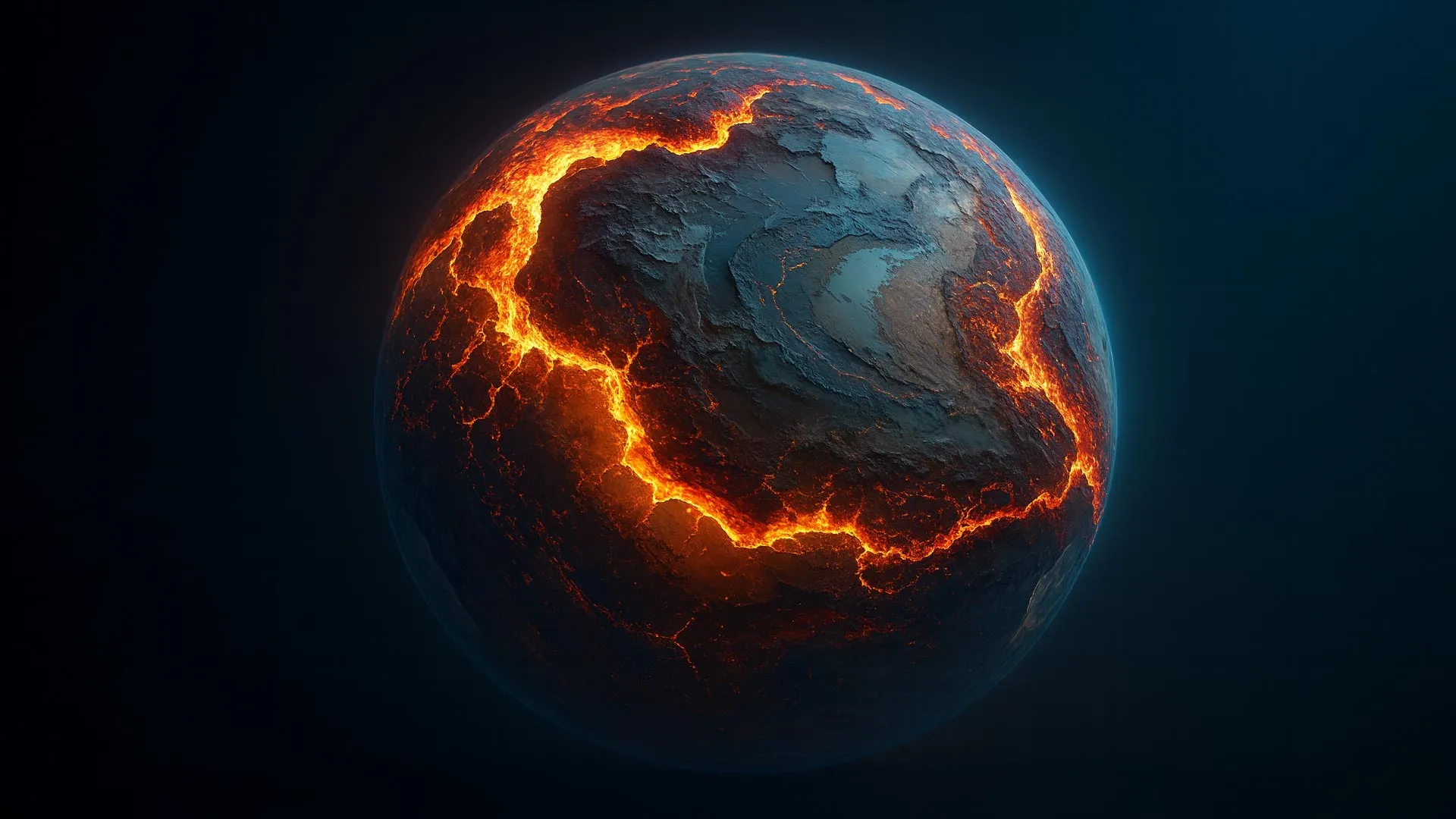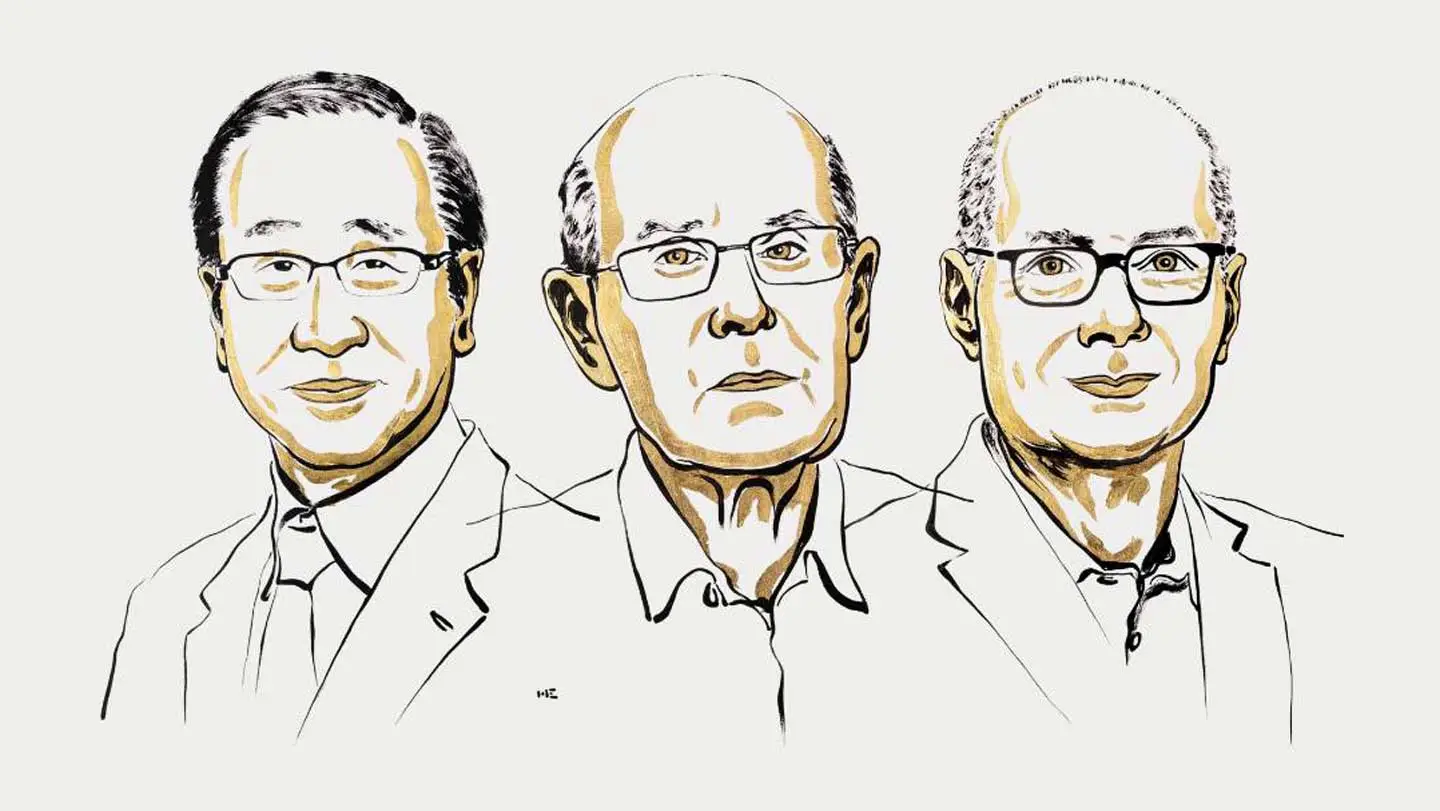New research has revealed that the enduring stability of Earth’s continents is rooted in intense heat deep within the planet’s crust. Scientists from Penn State and Columbia University have found that temperatures exceeding 900°C in the lower crust played a pivotal role in shaping and strengthening the landmasses that support life today.
Published in Nature Geoscience, the study explains how radioactive elements such as uranium and thorium migrated upward under extreme thermal conditions. As these elements decayed, they generated heat. Their upward movement helped transfer this heat away from the deep crust, allowing it to cool and solidify—ultimately reinforcing the continental foundations.
“For continents to become stable, they must cool down,” said Andrew Smye, associate professor of geosciences at Penn State and lead author of the study. “That cooling requires the upward movement of heat-producing elements like uranium, thorium, and potassium. If these elements remain buried, they continue to generate heat and can destabilize the crust.”
This ancient thermal process not only stabilized the continents but also redistributed critical minerals such as lithium, tin, and tungsten. These rare earth elements are vital for modern technologies, including smartphones, electric vehicles, and renewable energy systems. The findings offer valuable insights for mineral exploration and could help identify new resource-rich regions.
Beyond Earth, the study has implications for planetary science. Similar heat-driven mechanisms may occur on other rocky planets, providing clues in the search for potentially habitable worlds. Stable continents, the researchers note, are a fundamental requirement for sustaining life.
By shedding light on the deep-time dynamics of Earth’s crust, this research bridges geology, planetary science, and resource exploration—offering a clearer picture of how our planet, and possibly others, became capable of supporting life.



